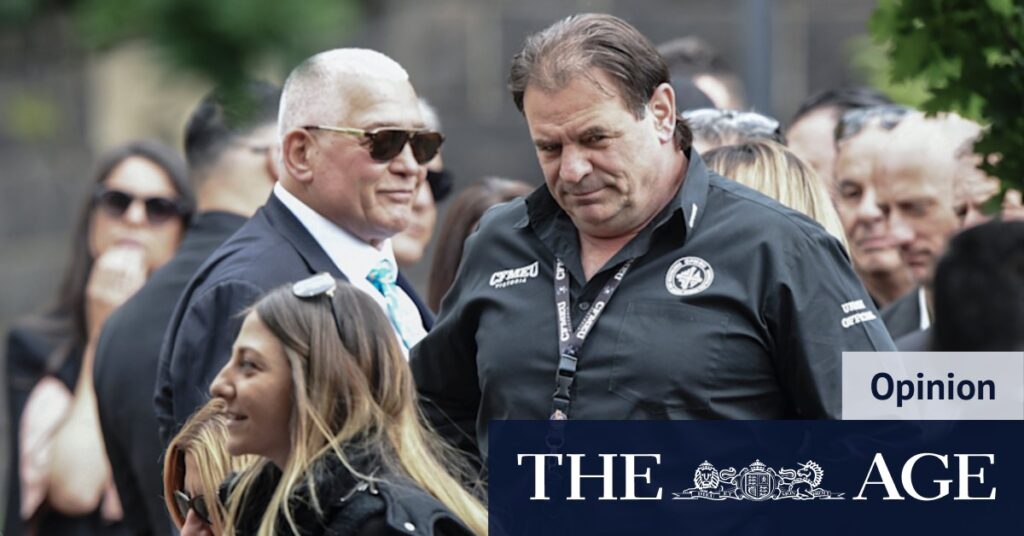
For decades, notorious gangland figure Mick Gatto has maintained a shadowy presence in the construction industry, representing builders and developers while engaging in covert dealings with senior figures of the Construction, Forestry, Maritime, Mining and Energy Union (CFMEU). Despite efforts to curb corruption within the union, Gatto’s influence appears to persist, raising questions about the effectiveness of recent reforms.
The relationship between Gatto and disgraced former CFMEU Victoria leader John Setka was notably close, with the two referring to each other as “brother.” In one text message, Gatto even expressed his affection for Setka, stating, “I love ya.” The deep-seated issues within the CFMEU, as revealed by this publication’s “Building Bad” investigation, extend beyond this friendship, uncovering widespread union connections to organized crime and outlaw motorcycle gangs.
Continuing Influence Despite Reforms
The appointment of Mark Irving KC as the administrator of the CFMEU by the Albanese government 14 months ago was intended to dismantle Gatto’s influence and cleanse the union of its corrupt practices. However, recent reports indicate that little has changed. CFMEU’s Victorian leader, Zach Smith, allegedly instructed a union organizer to meet Gatto in secret last month. The meeting’s purpose was reportedly for Gatto to request that his client, Maz Group, be allowed to operate without union interference, with future concerns to be directed through him.
This clandestine meeting represents a significant failure of both Smith and the Albanese administration’s efforts to reform the union. It also contradicts Irving’s mandate for the union to cease its secretive dealings with figures like Gatto. According to Irving, industrial fixers such as Gatto are often mere “enforcers” who rely on “intimidation” and must be “stamped out.”
The Role of Industrial Fixers
Australia’s industrial relations system provides numerous formal and informal mechanisms to address disputes, particularly in the construction sector. None of these mechanisms necessitate the involvement of gangland figures. The persistence of Gatto’s influence highlights the challenges of eradicating entrenched corruption within the CFMEU.
Gatto’s role is not to improve the working conditions or lives of building workers; rather, he is hired by employers to resolve union issues, often at the expense of CFMEU members’ working conditions. An incident from 2020 exemplifies this dynamic, when a CFMEU organizer was assaulted on a building site in Hawthorn East. Instead of pursuing legal action or an industrial campaign against the builder, the issue was resolved following a secret meeting between Setka and Gatto. The problem disappeared without justice for the assaulted organizer, and the CFMEU flag soon flew from a crane on site.
Implications for the Future
The ongoing involvement of figures like Gatto raises critical questions about the future of the CFMEU and the union’s ability to operate free from criminal influence. If a union under federal administration continues to engage in clandestine dealings, the prospects for a clean and transparent CFMEU remain bleak. The administration’s purpose is to eliminate the corrupt old guard and practices, returning the union to the democratic control of its members.
As the CFMEU grapples with these challenges, the broader implications for Australia’s construction industry and its workers are significant. The persistence of organized crime links within the union undermines efforts to improve working conditions and protect workers’ rights. Moving forward, it is essential for both the union and government authorities to take decisive action to sever these ties and restore integrity to the industry.






